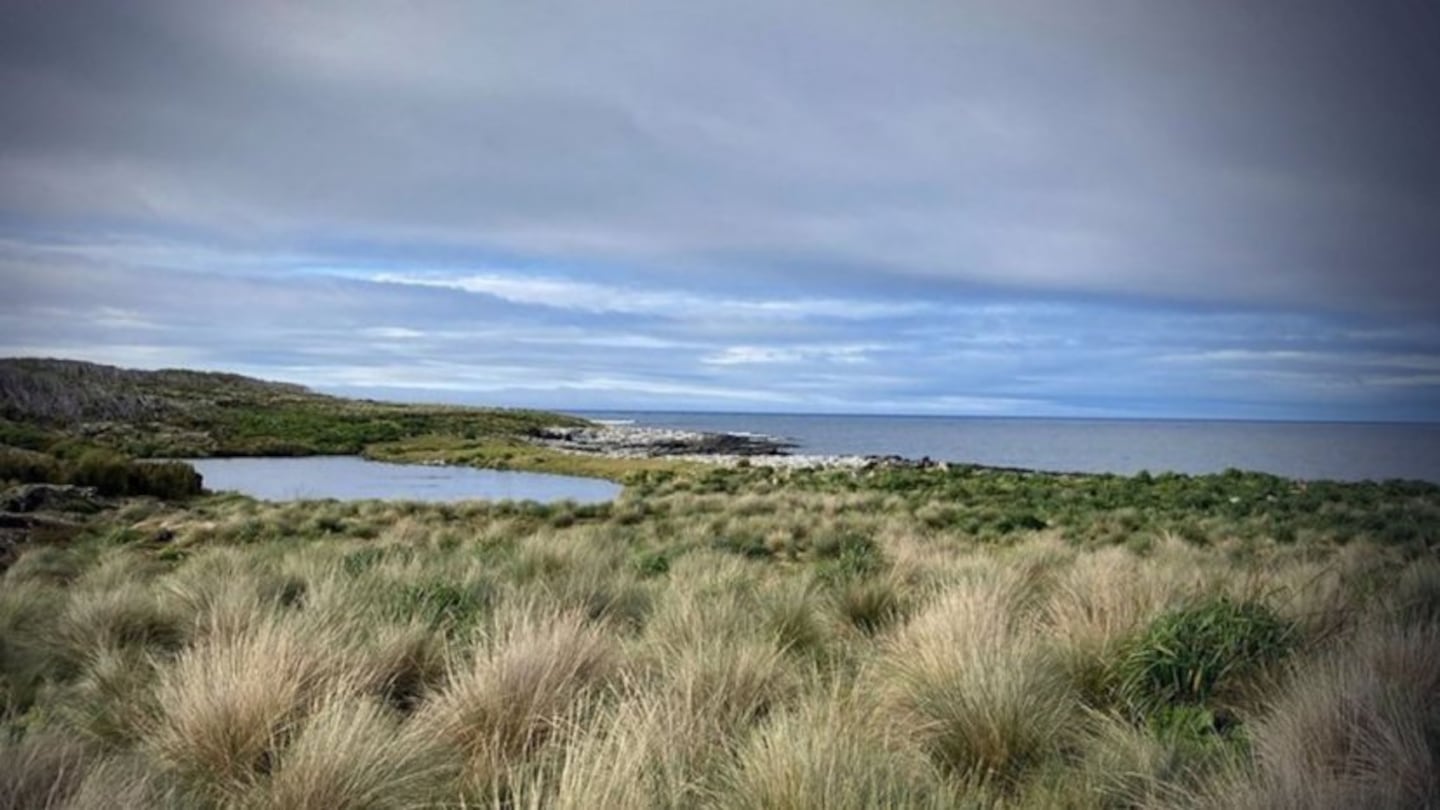Evidence gathered from a recent combined archaeological trip, run by the University of Auckland, Ngāi Tahu and the University of Canterbury, to the sub-Antarctic island of Enderby (in the Auckland Islands) could confirm not only an earlier Māori arrival date in this country but also any extended and later occupations.
A team of 12 spent just under two weeks in April on the island, 460 kilometres from Bluff, looking for evidence of early human interactions with the landscape.
It follows previous research 20 years ago done by Ngāi Tahu archaeologist Professor Athol Anderson, who found Māori had been on Enderby, and lived off the bird and marine mammal life from as early as 1400CE.
Auckland University’s Professor Simon Holdaway says they took an interest in the project to understand Māori engagement with the environment in the south compared to the north.
Canterbury University’s Dr Matiu Prebble (Ngāi Tahu) says “For me, personally, being there for the first time, but also for our kaitiaki rōpū, we had kaitiaki from local rūnanga there as well as other Ngāi Tahu archaeologists – for us, it’s a very special occasion.”
Given Enderby is protected by the Department of Conservation, the group had to adhere to strict quarantine protocols. But admiring the wildlife from afar, and indeed the island, was a gift in itself for the group.
Animals first
“Matiu and I, we’re on an island where it’s really the animals first, humans seconds,” says Holdaway. “I guess one might describe [the animals as] naïve fauna, naïve in the sense that there is not a lot of human interaction, and we were quite careful to limit our interaction with animal species. [It was] fantastic to observe all the range of birds, penguins and sea lions.
“We stopped work quite often if the animals got close to where we were working. We backed off and let them go first. That’s a different experience because we don’t normally interact like that.”
Prebble found the living areas where Māori had lived were unexpected.
“We have huge umu hāngī which are just metres thick and are filled with a lot of charcoal and umu hāngī stones but also a lot of material of [animal] bones, shell and other remains.”
Holdaway says materials found came from a various range of places, including basalt from the island but also stones that Māori carried from the mainland of the South Island to Enderby – and even materials from the North Island, as some evidence could suggest.
“There are a couple of very small flakes that Matiu and I were looking at last week that might be obsidian. If it indeed is obsidian, that would indicate movement from those sources and they are only found in the North Island.”



